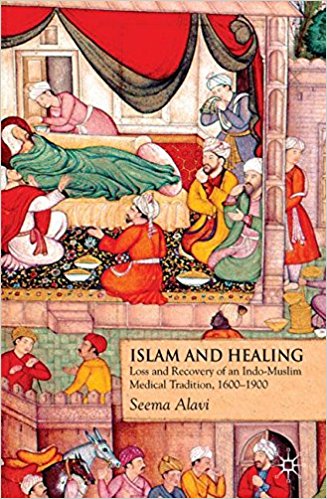The robust and adaptive medical traditions of Tibb-i Unani have contained complex and changing meanings and practices over time. Seema Alavi’s extensive research, including into the oral traditions of her own distinguished Azizi family of hakims based in Lucknow, informs her sophisticated social and cultural history of Unani in north India from the time of the Mughal empire through the British Raj. While she highlights major continuities of theory and practice in this tradition, including its stress on maintaining or restoring balance among the patient’s humours, her focus is not on the details of its specific therapies or clientele. Rather, she concentrates on the ways that several competing communities of practitioners have each conceptualized Unani in order to express and advance their own aspirations. Most practitioners were Muslim, but she emphasizes how many of them also asserted the distinctly Indian features of Unani medicine in the face of competing British colonial and Islamicist efforts to displace or co-opt it.
Alavi engagingly demonstrates how, over the centuries, Unani flourished as both a body of medical models and therapies and also as the cultural status marker of various groups. She begins with a brief study of the ways, during the Umayyad and Abbasid Caliphates (7th-13th centuries C.E.), that Arab physicians initially developed the Graeco-Roman empirical and theoretical medicine of Hippocrates, Aristotle, and Galen into their own distinctive Unani tradition.

